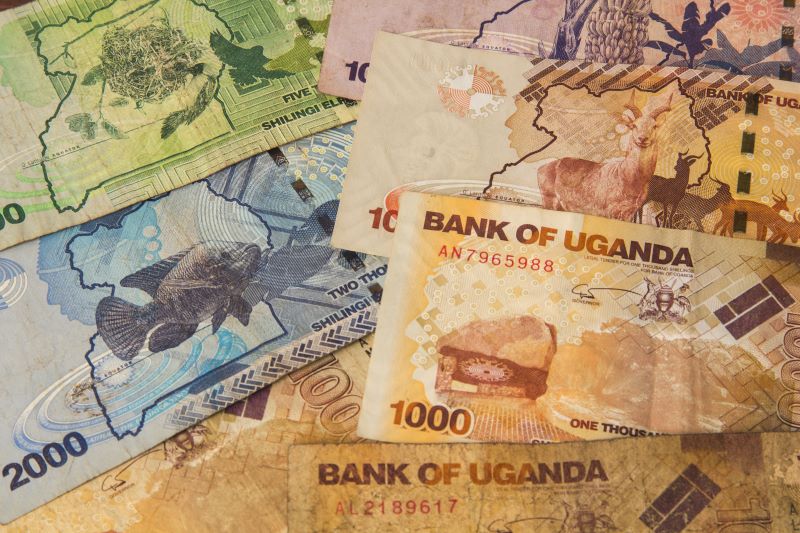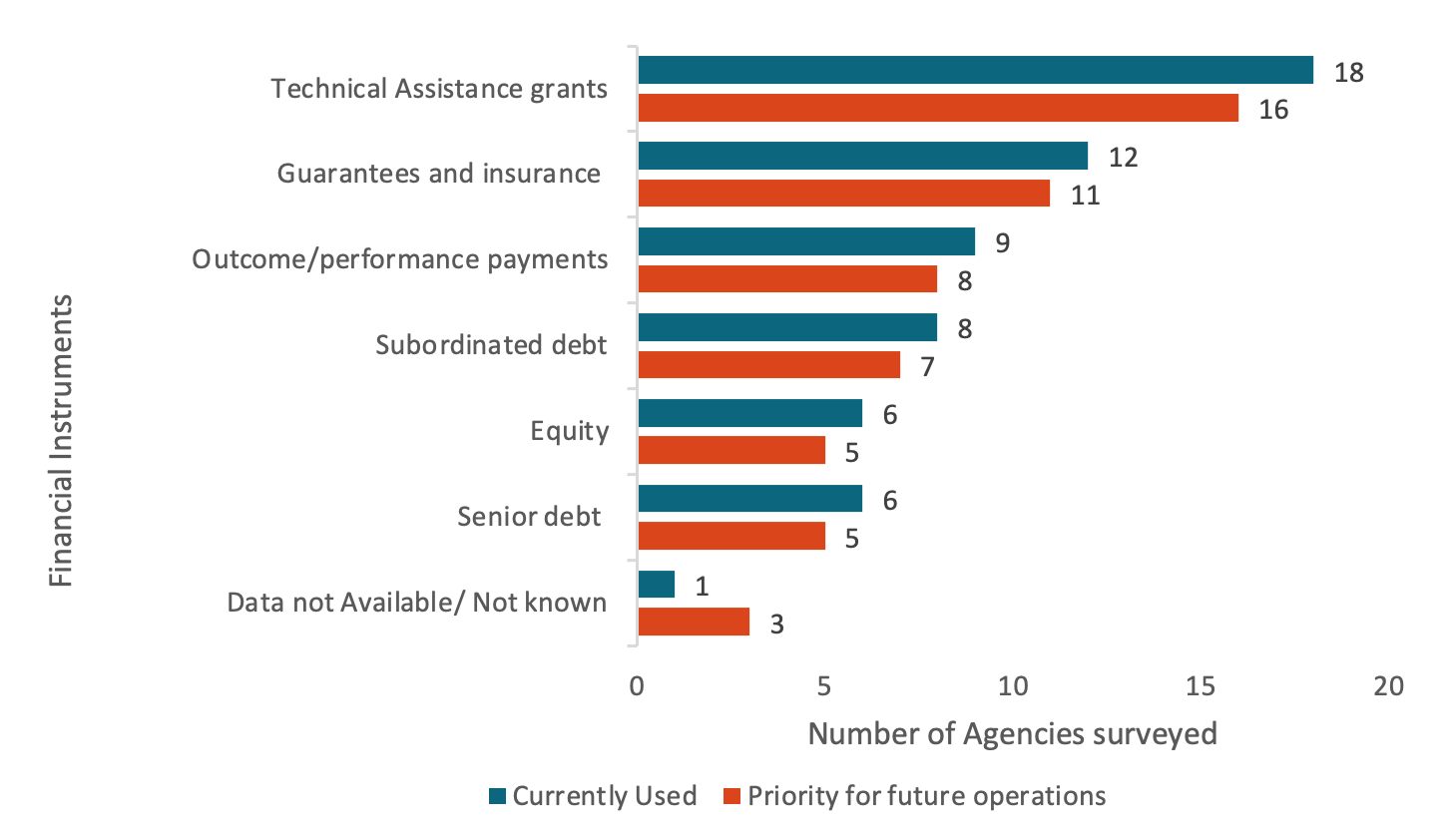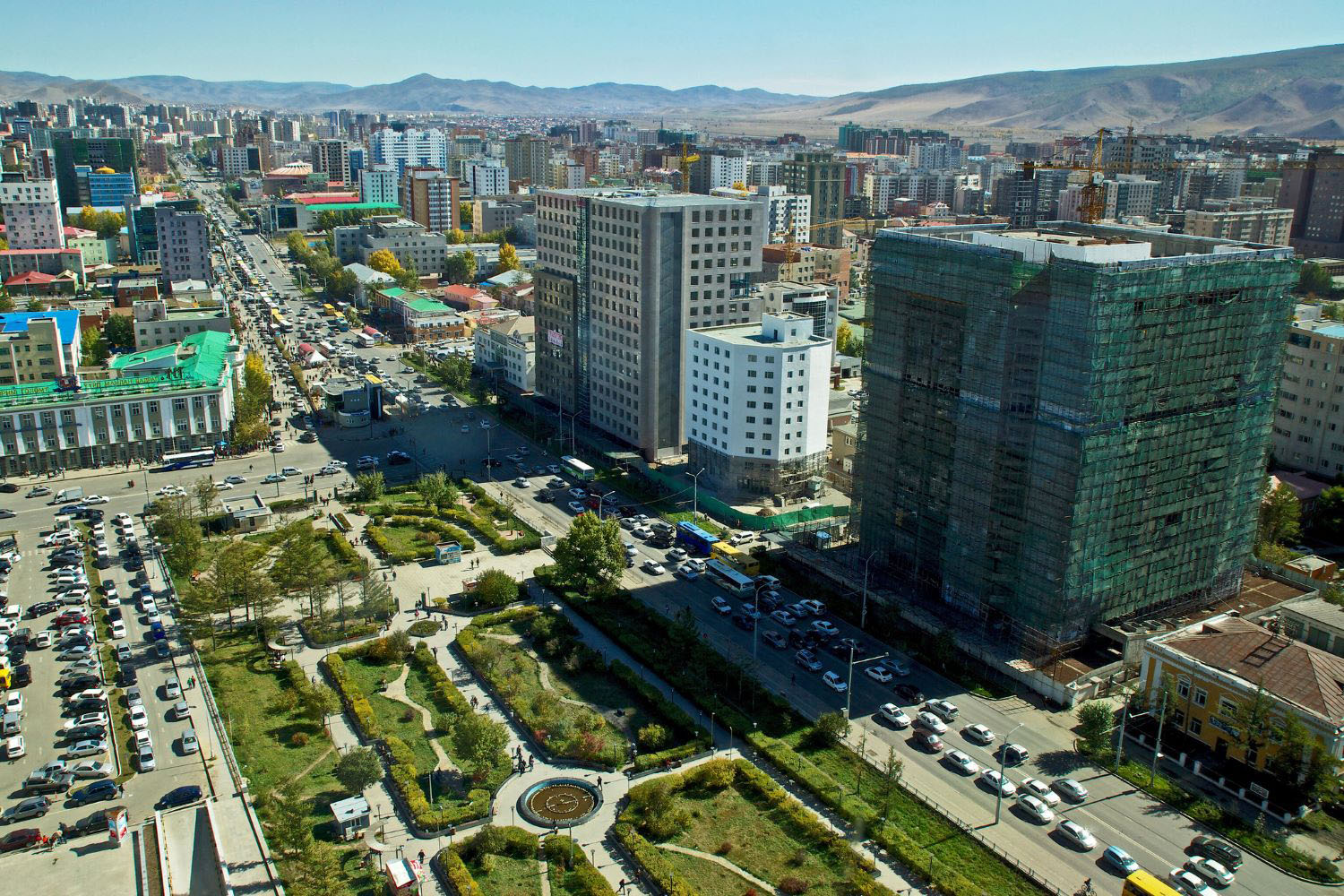Recommended
“Billions to trillions” encapsulates the fiction that a little bit of public finance could bring forth a multitude of transformative private sector development projects in low- and middle-income countries. Evidence that the idea is as reality-based as a Shrek movie continues to mount, and yet so too do calls to ‘leverage the private sector,’ especially around project finance for climate mitigation. It is time to fund approaches that might actually work.
Look no further than the World Bank Group to see that billions to trillions for poverty reduction wasn’t just fiction, it was fantasy. The International Development Association (IDA) Private Sector Window (PSW) provides subsidized public finance to International Finance Corporation (IFC) and Multilateral Investment Guarantee Agency (MIGA) private sector projects in IDA countries, and it has had real trouble spending its money. It was designed to pay out $5bn between July 2017 and June 2023, but has committed less than half of that, just $2.2bn, to date. Going further through the looking glass, as of December 31, 2021, only $694 million had actually been disbursed and was on the books of IDA. Of that, $499m is accounted for by the face value of guarantees made (i.e., the payout *if* the underlying investments return $0). Another $119m involves derivatives like currency hedging operations, both largely about making the IFC more comfortable to invest in projects by reducing its risk. Actual loans and equity flowing to actual firms in IDA countries from the PSW amounts to $76m. You might want to argue that guarantees and hedges are exactly the kind of tools that can enable leverage, but the hedging largely supported the IFC rather than private firms, and the guarantees are carried on IDA’s books at face value, removing most of any potential leverage they might have offered.
And before suggesting that IDA involvement was vital for projects to go ahead at all, ‘crowding in’ considerable private investment that way, it is worth asking for the evidence of that crowd-in (there isn’t much). Often, if anyone else’s money is being enticed, it is other development finance institutions also desperately looking for suitable projects to back in poorer countries. Take the recent Central Térmica De Temane gas power plant project in Mozambique: the plant is majority owned by Globeleq Africa Holdings, in turn owned by UK and Norwegian state-owned development finance institutions. Alongside IDA, other investors are Mozambique’s state-owned electricity transmission and distribution company, the U.S. government through the International Development Finance Corporation, the OPEC Fund for International Development and the International Finance Corporation itself.
While I have worried about how the IDA PSW has directed the funds it has committed, development finance institutions do back some great investments, and the IFC and its sister bodies are working hard to generate a larger flow of new projects. Public-private partnerships backed by development finance have a role to play in sectors including electricity generation. Nonetheless, the fact that IDA’s private sector financing can’t find targets to throw cheap money at also demonstrates once again that there simply aren’t a lot of private sector clients and investment projects that meet the criteria of being large enough, sponsored by firms with high accounting standards, and needing more than none but less than a lot of subsidy to be successful.
You might wonder why then, in the most recent IDA replenishment round, IDA requested the usual amount of funding for the PSW. If your model to demonstrate the power of blended finance to deliver development impact can only manage to invest 14 percent of the money it has been given so far, largely using tools that limit any potential leverage, that might lead to questions about scaling the approach. It is all too literally billions to millions, and far from the first piece of evidence pointing in that direction.
To put it another way, the idea that shavings of public gold sprinkled like fairy dust on private investment projects would bring to life a giant array of infrastructure and services which in turn would gift us wondrous progress in development hasn’t worked out. Not in a land far, far away long, long ago, nor anywhere nearer or closer.
But worryingly, even while evidence continues to mount as to the inadequacy of project-based ‘mobilization’ as a way to leverage small amounts of public money to achieve trillion-dollar transformations, many proposals to mitigate climate change are based on precisely the same approach. Fairy dust won’t significantly reduce emissions any more than it has significantly cut poverty. Indeed, the past record of project-based mitigation finance in delivering actual greenhouse gas reductions is particularly grim.
So, what might work to help international finance deliver sustainable development at scale? The simple answer is “more public money:” 83 percent of infrastructure investment in developing countries is public, alongside the bulk of health and education spending, and all of the policymaking behind sustainable development progress. And, thankfully, the global public sector can generate some of those funds using a method of leveraging private finance for development that has actually worked for over seventy years: borrowing by multilateral development banks. Add together the World Bank (IBRD), African Development Bank, Asian Development Bank, European Bank for Reconstruction and Development and the Inter-American Development Bank: in 2018 they had combined paid-in capital from shareholders of $43 billion to support an outstanding loan portfolio of $374 billion. That one-to-nine ratio was achieved by mobilizing private sector investors through issuing bonds. Let’s double down on that proven model and considerably expand development banks to deliver on poverty reduction and climate mitigation both.
Of course, just as sustainable development projects delivered by the private sector imply future payment obligations, so does public debts. The good news for overall financial sustainability is that the returns demanded by multilateral development banks are considerably lower than those demanded by private firms engaged in individual projects in lower-income countries. Nonetheless, and especially when it comes to infrastructure finance, ramping up service provision will only be sustainable if it is accompanied, wherever it can be, with charging consumers the costs of delivery. As removing infrastructure subsidies is usually positive for environmental sustainability as well, it should be a priority whoever is managing the project. Still, especially in the poorest countries, grant financing in place of loans will be a vital part of basic infrastructure and service provision. Precisely because grant resources are so scarce, grants should be preserved for that role, not used as subsidies to private firms in richer countries.
Given the global political situation, arguing for a considerably larger World Bank as well as regional development banks is surely a somewhat optimistic proposal itself. But at least it belongs on the speculative fiction shelves rather than next to The Hobbit. It is time to drop the billions to trillions fantasy of leveraging private projects through public finance and focus instead on the tested approach of leveraging private finance to support public projects.
Disclaimer
CGD blog posts reflect the views of the authors, drawing on prior research and experience in their areas of expertise. CGD is a nonpartisan, independent organization and does not take institutional positions.







